|
Many
thanks to - David Cross - Lawerence Jones
Diversity Abundance I
Lloyd Godman
a
paradigm shift, shifting the paradigm
a look at the effects from the abundance of postmodernity
on diversity

Parakeet |
‘Wallace later recalled the "fever-heat of expectation he felt".
"On my first walk into the forest I looked about, expecting
to see monkeys as plentiful as zoological gardens,
with humming –birds and parrots in profusion." But after several
days of seeing no monkeys and hardly any birds, he "began
to think that these and other productions of the South American
forests are much scarcer than they are represented to be by
travellers". Any one who has stepped into a rainforest, head
full of images from glossy nature photography, has had roughly
the same disappointment, which derives from confusing diversity
with abundance. ’1 |

Squirrel monkey |
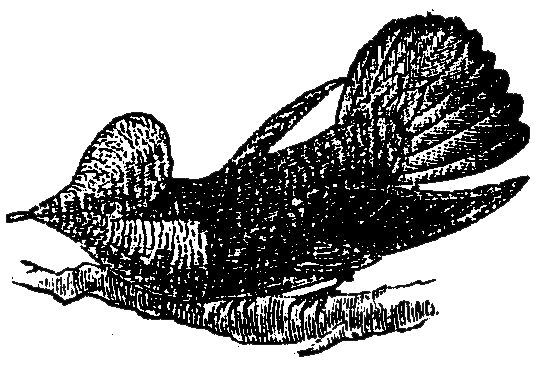
Humming Bird |
In
a different context, Louis Menand in his text ‘Diversity’,
in Critical Terms for Literary Study, states ‘Diversity is
one of the problems of modernity," and much of his text is
centered round the issues of multiculturalism and the growing
awareness and importance of this from the 1960s. He discusses
the Harvard report and mentions how the authors consider ‘diversity
exclusively as a socio-economic phenomenon, a consequence
of the natural inequalities of aptitude’. 2 He consequence of group mixing, not group separation’. 3 He then concludes that through
the continues, by arguing that ‘what has happened to American
life since the mid-1980s is a cultural phenomenon which is
the commercial mass media a "common culture" has emerged.
and he then states, ‘ The deeper difficulty is that diversity
is a paradox; the more attention you pay it, the more quickly
it disappears’. 4 |
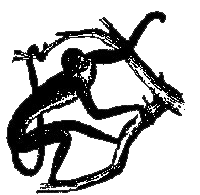
Spider Monkey |
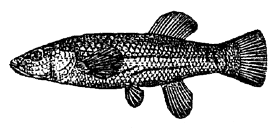
Minnow |
Globalization
If
diversity is explicit in modernity in its catch-cry to "make
it new" and (make it different), then perhaps abundance is
implicit in postmodernity and perhaps this abundance is a
signifier of the emergence of a "common culture" (globalization)
that Menand talks of. |
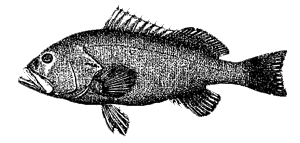 Grouper Grouper |
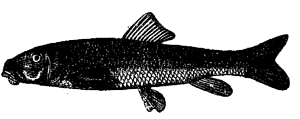
Sucker Fish |
For
it is a culture where mass-media, universal marketing and digitization
have created universal codes that are often self-cloning and
that have continued permeating economics, science and the arts
with such a degree that it has implications for diversity. A
range of economic aspects, such as the rise of multinational
corporations and economic super powers, and a shift from an
economy based on production to one based on consumption are
often held to be hallmarks of postmodernity. Through economic globalization, multinational
corporations have used aggressive marketing, advertising, and
mass media to monopolize a growing market share with abundance
but not necessarily diversity. |
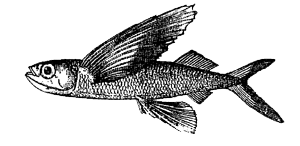
Flying Fish |
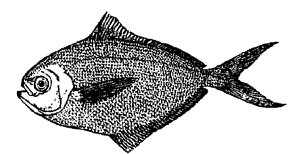
Dollar Fish |
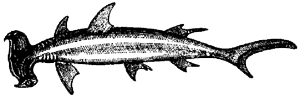
Hammer Head Shark |
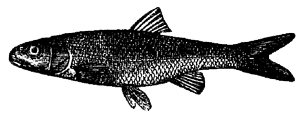
Fall Fish |
Examples
of this situation abound !
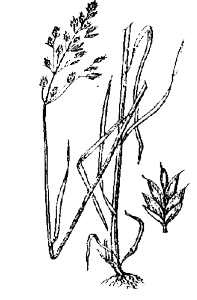
Chess |
For
instance, up until the late 1960s, through the circumstances
of relative isolation the soft drink industry had developed
a diverse culture; each community had its own companies, which
generated their own labels, bottles and flavors unique to
that area. If one was fortunate to travel at the time there
was noticeable difference from one town to another, but as
these small localized companies were either taken over or
succumbed to a larger universal ‘cola
culture’ diversity diminished as abundance increased. |
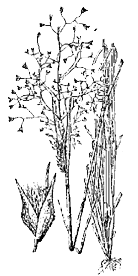
Bunch Grass |
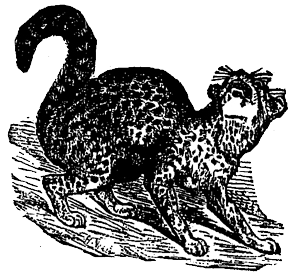
Chati |
The
strategy was to produce a universally understood and safe
product, one that is based on a set standard and is globally
available. Before this era, social attitudes to soft drink
consumption accepted it as a novelty to be drunk on special
occasions only. But the expanded availability of the product
through "cola culture’ permeated society with an abundance,
that in some places displaced water as a safer, more "natural
drink" of the human and left a cola dispenser on every second
urban corner. |
|
|
This
strategy became a contemporary marketing trend applied to
almost everything, with some products dominating marketshare
and becoming global fashion labels. Idioms like Nike, Rebok,
and Adidas dominated and displaced countless smaller regional
companies with their associated work forces. |
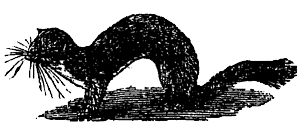
Weasel |

Ferret |
Based
on the concept of limitless abundance, design, usually western,
took place in one country, and manufacturing, usually Asian,
where labour was cheap and environmental laws less stringent,
took place in another, and availability ultimately became
global. Franchises like KFC, McDonalds, Burger King and KMart
expanded across the international market eventually breaching
the "iron curtain" and markets in China. Similarly, hotel
chains like Centra, Park Royal, Carlton etc. expanded globally
and like "cola culture" they used the strategy of a universally
understood product, where the meals, service, décor,
and in some cases architectural designs were not only similar
but identical.
|
|
| |
Corporations
mainly based in the United States and Europe, took advantage
of deregulated environments in smaller economies, swamping
markets through technological production advantages and advertising
hype in a manner that not be reciprocated, particularly from
the agricultural strengths of the host economy because of
tariffs, quotas and trade restrictions. |

Yew Tree |
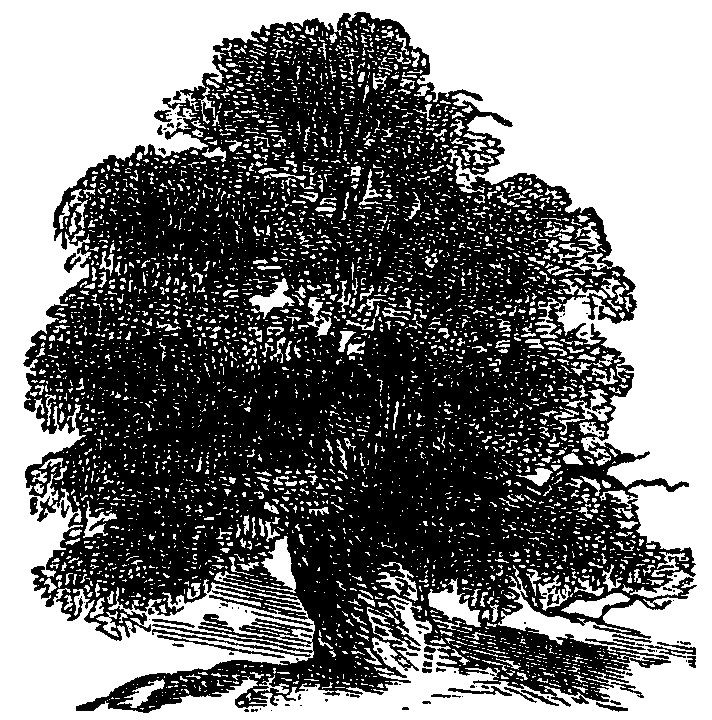
Sycamore Tree |
Much
earlier, Walter Benjamin, one of the key thinkers of modernism,
identified the idea of model and series, where the model represented
the original and the series represented copies from the original.
The inventions of photo-mechanical reproduction and other
devices created an abundance of images such as the world had
never seen before. As mass production has continued to grow,
with a greater range of products produced at faster rates
the line between original and series dissolved.
|
|
| |
Further
to Benjamin, the postmodern theorist, Baudrillard suggests
the era of the code superseded the era of the sign. He implies
that through the use of code-binary code of computer technology,
DNA codes or digital codes in television-" that the original
in reproduction is the principle of generation, and not the
object generated. Complete reversibility is possible; the
last ‘original’ produced can be perfectly reproduced. The
difference between the real and its representation is erased;
the age of the simulacra emerges." 5 |
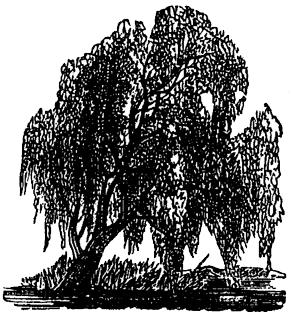
Weeping Willow Tree |
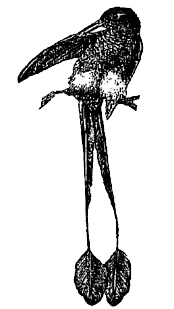
Racket Tail Bird |
While
the postmodern discourse of abundance has been loud in its
self-celebration, at the same time, John Lechte comments
in his book Fifty Key Contemporary Thinkers, "in the discourse
of consumption, there is an anti-discourse; the exalted
discourse of abundance is everywhere duplicated by a critique
of consumer society". 6
|
|
| |
The
question of the effect of abundance on diversity has frequently been raised. Fredric Jameson argues,
"Where Fordism and classical imperialism designed their products
centrally and then imposed them by fiat on an emergent public,
post Fordism puts the new computerized technology to work
by custom-designing its products for individual markets. |
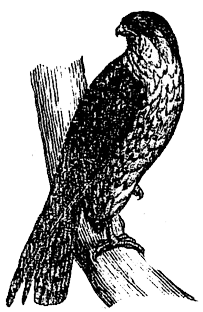
Hobby Bird |

Skimmer bird |
This
has indeed been called postmodern marketing and it can be
thought to ‘respect’ the values and cultures of the local
population by adapting its various goods to suit those vernacular
languages and practices". 7 But Jameson’s
use of the automobile industry to illustrate his point appears
inappropriate. From the invention of the automobile, a proliferation
of companies developed their own technology and design ideas
and from this, a range of distinctive body shapes emerged:
a Rover looked like a Rover, a Renault looked like a Renault,
a Ford like a Ford and so on. |
|
| |
While
Ford might now offer wider range of colours than they did
in the days of the model T, there are now fewer manufacturers. Through
computer-aided designs, wind tunnels, etc., a generation of
automobile has evolved that appear remarkably similar from
one manufacturer to another, so while we might have a range
of styles (station wagon, hachback, sedan, saloon, sports,
etc) a single hybrid dominates within these styles that combines
function and form. The "custom designing" as Jameson puts
it appears on a cosmetic level only, with variance in some
cases the manufacturer’s badge and of course the price. |

Bittern Bird |
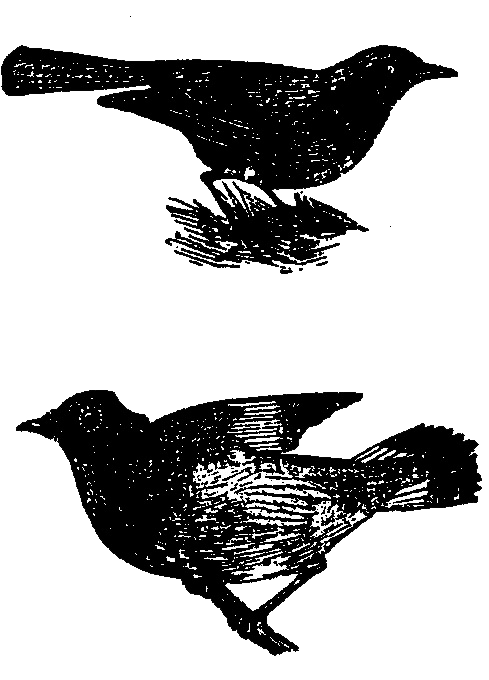
Red Strats |
Contemporary
technology often demands a specific type of function, a function
that exploits abundance, and guarantees domination through
proliferation and in turn helps secure its future survival,
it is a function where diversity is not desirable. While various
operating systems evolved at the birth of the computer age,
through monopolization, IBM- formatted PCs dominated in a
manner that left consumers locked into a specific system that
was not appropriate for all situations. It left consumers
with a Y2K problem to rectify and coincidentally Bill Gates
as one of the planet’s wealthiest individuals.
|
|
| |
The
effects of this monopolization within the computer industry
are even more evident with the recent court cases of plagiarism
between Microsoft’s Windows 95 application and Macintosh,
and also the anti-competitive practices suit between Microsoft
and Netscape. Even now, some commentators argue Linux is a
more flexible operating system, but Microsoft dominates by
offering Windows 98 in package deals with new hardwear sales
and ensuring an abundance of their system for future updates.
Similar
battles took place in the early years of vinyl recordings
regarding the speed of the disk, (78, 45, 33 rpm), and again
with various systems in the popular recorded music tape the
familiar cassette becoming the eventual winner. Again, while
there was some validity in the argument for Betamax as a superior
system, the battle for a global video format was won through
aggressive marketing, introduction into key markets, and a
longer recording tape time by the VHS format developed by
JVC and Matsushita. 8 Now we face
similar battles with Zip, and Jaz disks, CD rom and DVd rom.
While a system can become deficient or even obsolete, efficient
global information exchange relies on universal codes and
systems to decipher these codes, and the extravagant abundance
of a system guarantees its survival. The implementation of
and untried system on a global scale could bring digital communication
into temporary chaos, a risk not worth considering for those
already locked in to a system.
|

Cheetah |
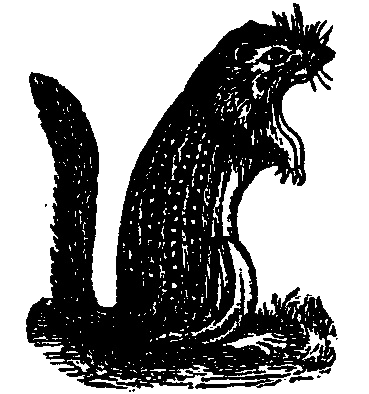
Gopher |
In
the areana of biotechnology, diversity might appear
to be more essential. At least on a technoscientific level
it would seem the age of genetic engineering provides the
potential for unlimited diversity, with an infinite potential
of hybrids that could be developed, but in reality the opposite
occurs. Jeremy Rufkin says "The practice of biotechnology
– gene splicing, tissue culture, clonal propagation and monoculturing
- is likely to result in increased genetic uniformity, a narrowing
of the gene pool and loss of the very genetic diversity that
is so essential to guaranteeing the success of the biotech
industry in the future". 9 |
|
| |
Already
various factors including market forces have conspired, forcing
farmers to grow high-performance mono-cultures. Jeremy Rufkin
states "The Rural Advancement Foundation International (RAFI)
reports that of seventy-five kinds of vegetable grown in the
United States, 97 percent of all the varieties have become
extinct in less than eighty years. According to the RAFI study,
of the 7,098 apple varieties grown in the United States between
1804 and 1905, 6,121 or 86.2 percent have since become extinct.
Of the 2,683 pear varieties in use in the last century, 2,354
or 87.77 percent are now extinct. The grim statistics are
repeated for every food crop". "Garrison Wilkes, professor
of botany at the University of Massachusetts, says that the
spread of modern agricultural practices is quickly destroying
the genetic resources upon which it is built and likens the
situation to "taking stones from the foundation to repair
the roof". In the present environment, even this technology
can not create useful new genes in the laboratory, biotechnological
science needs as large a genetic pool as it can find and preserving
diversity guarantees a rich resource to draw from.
|
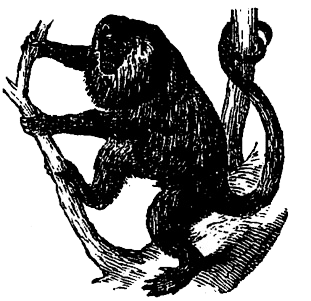
Howler Monkey |

Right Whale |
Like
Cola Culture, the Biotech industry is also another example
of a looming abundance of products with a reduced number
of suppliers. Rufkin comments further, "Several factors
have combined to create what industry analysts are calling
a global "Life industry". The relaxing of trade restrictions
with global trade agreements, including the General Agreement
on Tariffs and Trade (Gatt), Maastricht, and the North American
Free Trade Agreement (NAFTA), the new ease of managing and
intergrating far-flung business interests by way of computers
and advanced telecommunications technology, and the spectacular
advances in biotechnologies have all helped spur the creation
of a new kind of global commerce that trades in "life products"
of every kind. The consolidation of the life sciences industry
by global commercial enterprises rivals the consolidations,
mergers and aquisitions going on in the other great technology
arena of the twenty-first century, computers, telecommunications,
entertainment, and the information services, although much
less attention has been focused on the life sciences companies
in the media and public policy". |

Humpback whale |
| |
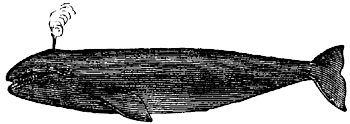
Grey Whale |
|
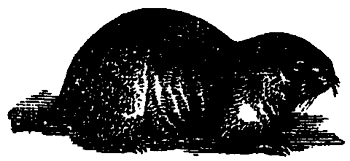
Lemming |
The
contemporary abundance of
images, has no historical parallel, and through mass media
the proliferation of images confronts and even confuses the
global society it represents. Dissemination through advancement
of processes, distribution and growth of venues means the
image is just another product of the consumer society, and
once consumed can be easily discarded. The
increasing world’s population also has an effect on this great
abundance of images. Some commentators suggest there are more
people that have lived on the planet in the past 10 years
than have lived in all recorded history. By
transposing this into art practice advertising etc, taking
into account social changes that allows a greater percentage
of the population participation in the visual arts and related
fields, there are probable more people making art in the past
10 years than all recorded history in the long previous period.
Images are no longer the peculiar, precious objects they once
were, they are no longer a rare commodity within society,
and despite a market, constantly hungry to consume new images,
there is still and abundance and over supply.
|
|
| |
So
while there is this unquestioned abundance of images; perhaps
contemporary art practice is the area of postmodernity where
diversity survives, perhaps it is an area where diversity
is acknowledged and encouraged, perhaps it is an area where
it is necessary, perhaps it is the nucleus of the arts activity
and drives conceptual, aesthetic and technical investigation.
From the 1970s, a trend that grew in contemporary art practice
that appeared to encourage diversity, was the under-pinning
of theory and image, theorist and artist. Art schools began
acknowledging art theory employing lecturers and establishing
departments to teach it. These new lecturers projected themselves
as an innovative, exciting, subversive proposition that
challenged not only society, but the tradition, power and
privilege of the established art history departments.
|
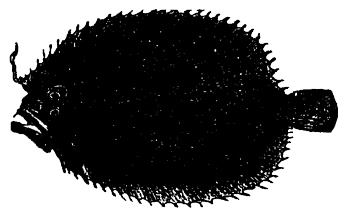
Topknop |
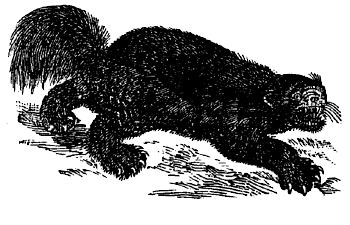
Glutton |
While
they exposed students to contemporary global issues in a
manner that initially directed a minority of students to
base their work on specific issues but later became a formality
for the majority undertaking art education. As the theory
departments grew and their power grew, they pushed the reset
button on the climate within academia. In his text Menand
talks of power and privilege and how ‘demographics of American
higher education have been transformed’ 10 in the past few decades, particularly in education. White
males no longer exclusively lecture to other white males,
and in art practice events took place that shifted the focus
from art objects and aesthetics to issues, issues that largely
dealt with interpretations of equality, race and gender.
|
|
| |
T he
ideas of Lyotardrd, Baudrillard, Lacan, Foucault, Barthes,
Kristeva, Saussure etc. were introduced to students as a
means of exploring contemporary issues through the visual
arts that challenged existing systems and pushed the boundaries.
It was and exciting and stimulating time when there was
a diverse range of new work, and students that accepted
these challenges and incorporated them in their practice,
were soon promoted through the inclusion in key exhibitions,
collections, reviews etc. They became role models and soon
it seemed a message emerged; if as an artist you wished
to succeed your work must have theoretical support. And
more importantly self-promotion, networking and social relationships
with writers, curators etc. was more important than making
art. As a second generation of theorists became employed,
in some schools, like the art history departments before
them, the art theory departments inevitably became institutionalized.
For some students, doors opened that offered relevant debate
and dialogue that progressed their ideas and extended their
work. |
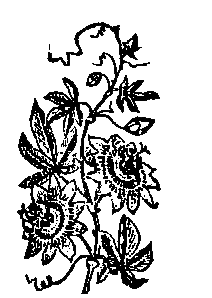
Passion Flower |
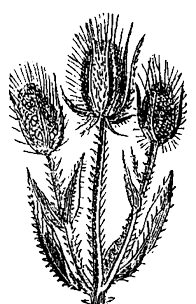
Teasel |
However,
for others doors closed and they found only a narrow corridor
of fashionable prescription to work from that they had
little interest in and which they could see no relationship
to their work, but felt compelled to follow to attain
reasonable grades. In some circles, rather than providing
a base to expand a diverse culture from, theory also became
a means of gaining credibility, a means of attaching fashionable
labels to new cliches. From one phase to another, the
representation of specific objects (false breasts, corsets,
barbie dolls, angels, Saint Sebastian, preserving jars
etc.), the use of certain materials and processes, (stripped
willow, bees wax, muslin, slate, copper, unmounted and
unframed photographs, fragmented text, etc), and especially
the exclusivity of language became a necessary currency,
knowing the currency allowed one access, without it you
were "no one". |
|
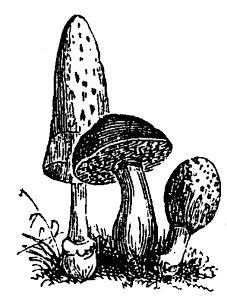
Fungi |
Despite
the deconstruction and death of the master narrative, the
power and privilege of institutionalized theory ensured
the birth of another narrative, as his/tories were replaced
with "her/stories" a "miss narrative" evolved. As work with
favored current ideas was promoted it became immensely popular
with a younger generation of students, to the point of cult
status. Artists like Cindy Sherman, Robert Mapplethorpe
and others replaced their heterosexual male counterparts
from the generations before as contemporary models. They
replaced the tired old patriarchal models of modernism and
because of the increase of students undertaking fine arts,
they were emulated in art schools on a global scale as never
before, creating more Cindy Sherman look a likes than sun
sets. It ensured a global abundance of practice centered
on the new diversity of theories promoted by theorists,
institutions curators etc., it cemented a new set of players
in a new narrative, and as it became established as main
stream in Western culture, it also imposed itself as a universal
culture. In some cases, not only the directions students
followed, but the materials their art work was made from,
how the work looked, how and where it was hung, was described
as an imperative by people who had never made art.
|
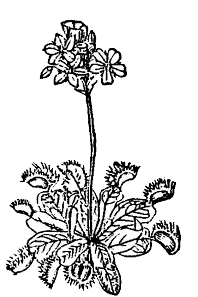
Flytrap |
| |
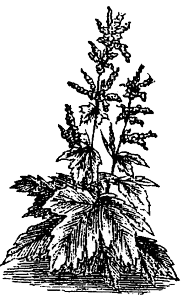
Rhubarb
|
|
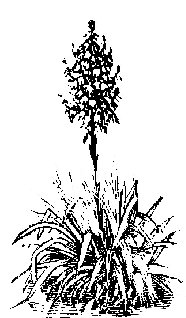
Yucca |
It
became more than important to have one’s work sanctified
by the right people and to do this some artist were willing
to take the advice or sacrifice their own input. Despite
the fashionable rhetoric about diversity, multiculturalism
etc, like the generation before them, students work was
often cloned directly from the ideas and art practice
of lecturers or the references presented to them. While
a minority of students benefited from the system, many
still left art schools as they had during modernism; disillusioned,
and on reflection felt they had been side tracked into
areas they had little interest in and not achieved their
original objectives. To varying degrees within any educational
system, students risk conditioning, a move from the potential
of their own ideas to those promoted by the institution
or staff, and much later they may also face an eventual
commodification of their productivity by curators, dealers
and collectors. In a search for a context to place their
work in, or a means to succeed, artists may opt for the
safety net of "contemporary familiarity" of exhibited
or published work.
|
|
| |
A
familiarity that arises through technological structures
that allow the rapid dissemination of new ideas in art
practice - communicated, assimilated, re-communicated
to a larger audience and re-assimilated as work that has
a contemporary aesthetic and theory base; but a predictability
about it where the only diversity comes from interpretation.
Despite the best intentions, in New Zealand and other
Western art education systems, methods often over centre
around the artists model and emulating the existing which
ensures a great abundance of capable work but not necessarily
the diversity or innovation one might expect from people
involved in a creative activity. The abundance of submissions
for U E and Bursary Art produces the necessity for a standard
format and assessment criteria, but like a microsoft operating
system it also assures a certain out come. An out come
that often lingers in to the first year of tertiary education
as a accustomed method of presenting final work for assessment,
and an persistent emphasis on the artist model through
both high school and tertiary levels assures the devaluation
and erosion of students own ideas.
|
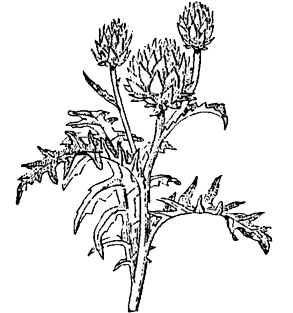
Artichoke |
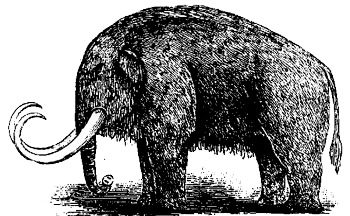
Mammoth |
But
the hierarchical relationship of art practitioners and other
interested parties that effects the diversity of works acknowledged,
and the abundance of works created is not new. H.A. Fields
writes in Egyptian Art; "It may seem strange that in Egyptian
society, which believed that artists possessed the power
to perform such miracles, and in which art was not just
a pleasant pastime but a primary and vital necessity, their
actual social status was low, far below the status of prehistoric
witch-doctors. The fact was that the craftsmen-artists were
only material executants, bound by rules which they had
to apply but which they had not drafted, as well as ritual
formulas, the real significance of which they were unaware.
The true creators were always the priests, or rather the
magician –priests. Without their intervention, the images
produced by craftsmen-artists, even though in accordance
with the canons of art or magic, would have possessed no
magic power at all"
|
|
| |
And
in 1930 R.H. Lilenski made the comment in A Miniature History
of European Art; "Thus the human activity that we call art,
which began with the creation of the magic image to secure
some vital need, which has been at other times a most powerful
instrument of tyranny and at other times again a most powerful
instrument of religion, has now become an activity pursued
for its own sake by a small group of experimenting artists,
who are kept going by another small group consisting partly
of people who believe in the metaphysical value of this
work as an accompaniment and symbol of contemporary thought,
and partly of people who hope to make profit eventually
from these artists’ researches".
|
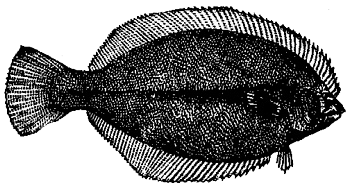
Flounder |
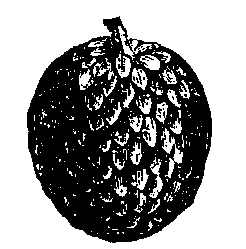
Sweetsop |
Multiculturalism
may be seen as an attempt to preserve and encourage diversity
in the postmodern age of abundance but itself may be co-opted
by the universal culture, becoming merely cosmetic. Mendand
states,""multiculturalism" means genuine diversity-[only]
insofar as it refers to functionally autonomous subcultures
within a dominant culture", then nominally ‘multicultural’
societies such as the United States are really becoming
less multiculturally diverse, "for when the whole culture
is self-consciously "diverse", when television is self –consciously
"diverse" – real diversity has disappeared." 11 |
|
| |
David
Quammen refers again to Wallace when he talks of diversity
in nature. "Distribution, Wallace had seen, is commonly
delineated by some sort of geological barrier – a ridge
of mountains, a wide river a discontinuity of vegetation
reflecting a discontinuity of geological substrate. He had
noticed that two similar species of animal, closely related
often occupy opposite sides of such a boundary". Diversity
occurs through isolation and islands offer the best examples
of diversity in Biology. |
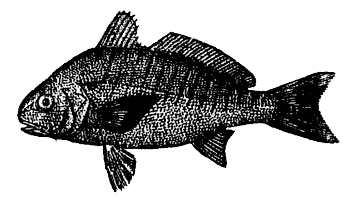
Spot |
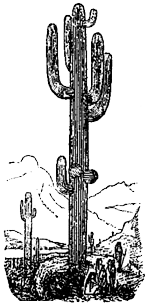
Cereus |
Despite
human intervention and depletion of the gene pool through
species extinction etc., biodiversity is seen by biologists
as a desirable attribute to be preserved. Perhaps more through
circumstance than design, a typical nature/culture dichotomy,
emerges for in economics, science, and art it appears to
be abundance that prevails in the present environment. In
an article in Time Magazine David Quammen draws a comparison
with the erosion of biodiversity and the unworkable idea
that biotic diversity can survive in ever decreasing islands
of nature, and the erosion of culture as McLuhan's global
village becomes a reality and contemporary communication
pushes local cultures to extinction. He finishes the
article "The dismal irony of our age is that these two seemingly
opposite trends, cultural unification and ecological fragmentation,
yield a common result: loss of diversity. The global archipelago
will be a world that's starker, uglier, duller and
lonelier for us humans as a species and we will experience
that loneliness together" 12 |
|
|
To
finish, I go back to an opening statement I made by Menand.
‘ The deeper difficulty is that diversity is a paradox;
the more attention you pay it, the more quickly it disappears’.
If, in the arts, it is similar to biogeology, and it is
cultural islands that offer the greatest diversity, perhaps
there is a place for the islands of regionalism amongst
the abundant, conformist postmodern climate of globalization.
Questions
arise: is diversity in art practice desirable, and how
can a diverse art practice exist outside the paradigm
of institutionalized art theory? Do artists working
outside the model wait for a paradigm shift, or shift
the paradigm?
end
- Diversity/A bun dance
|
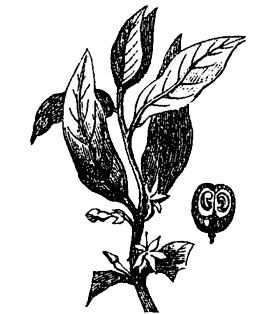
Coffee |
1. David Quamen 1996 The Song of the Dodo , Page 62
2. Frank Lentricchia and Thomas McLaughlin 1995, Critical terms
for Literary Study, P343
3. Frank Lentricchia and Thomas McLaughlin 1995, Critical terms
for Literary Study, P348, 344
4. Frank Lentricchia and Thomas McLaughlin 1995, Critical terms
for Literary Study, P347
5. John Lechte. Fifty Key Contemporary Thinkers, 1994
P235
6. John Lechte. Fifty Key Contemporary Thinkers, 1994 P234
7. F.Jemeson, The Seeds of Time, New York Columbia Press 1994
P204
8. WWW Urban Legens com/products/beta vs vhs html
9. Jeremy Rufkin, The Biotech Century, Tracher/Putman Books, 1998,
p107
10. Frank Lentricchia and Thomas McLaughlin 1995, Critical
terms for Literary Study, P344
11. Frank Lentricchia and Thomas McLaughlin 1995, Critical
terms for Literary Study, P348
12. David Quamman Special issue Time November 1997 P 58
|